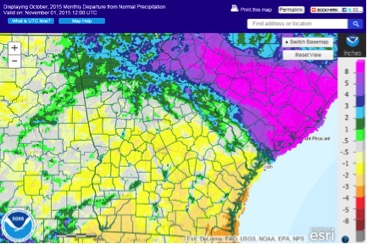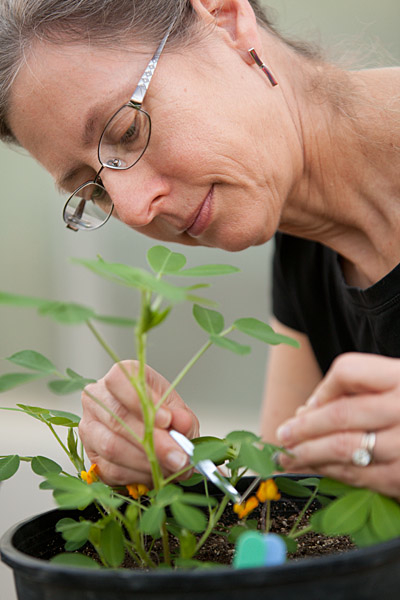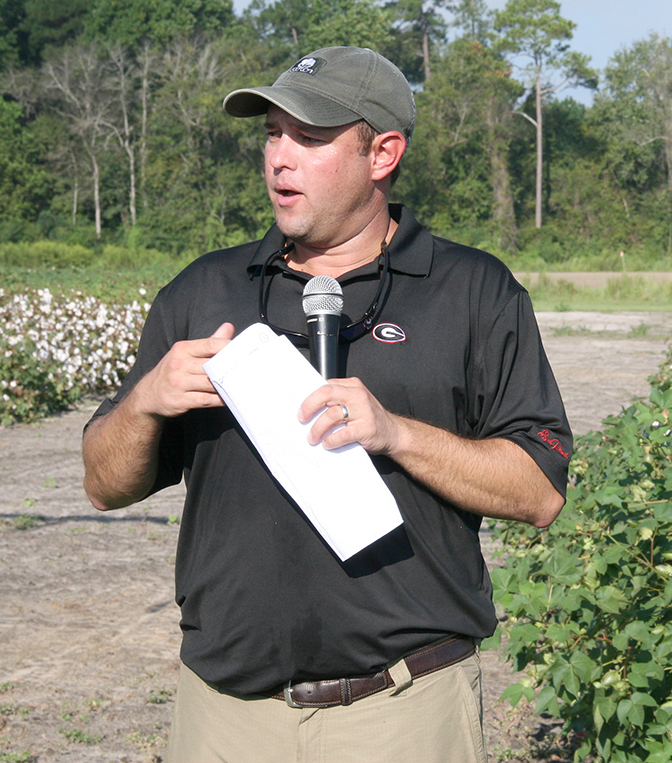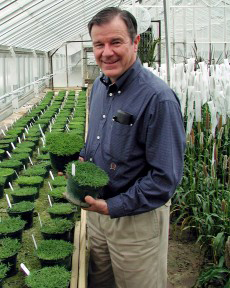 CAES News
CAES News
National Academy of Inventors
The National Academy of Inventors has named two University of Georgia faculty members to the 2015 class of NAI Fellows. Wayne Hanna, professor of crop and soil sciences in the College of Agricultural and Environmental Sciences, and David Chu, Distinguished Research Professor in the College of Pharmacy, join an elite group of 582 innovators representing more than 190 prestigious research universities and governmental and nonprofit research institutions.

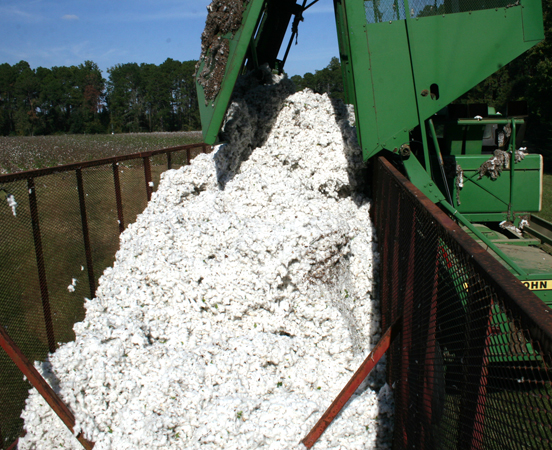

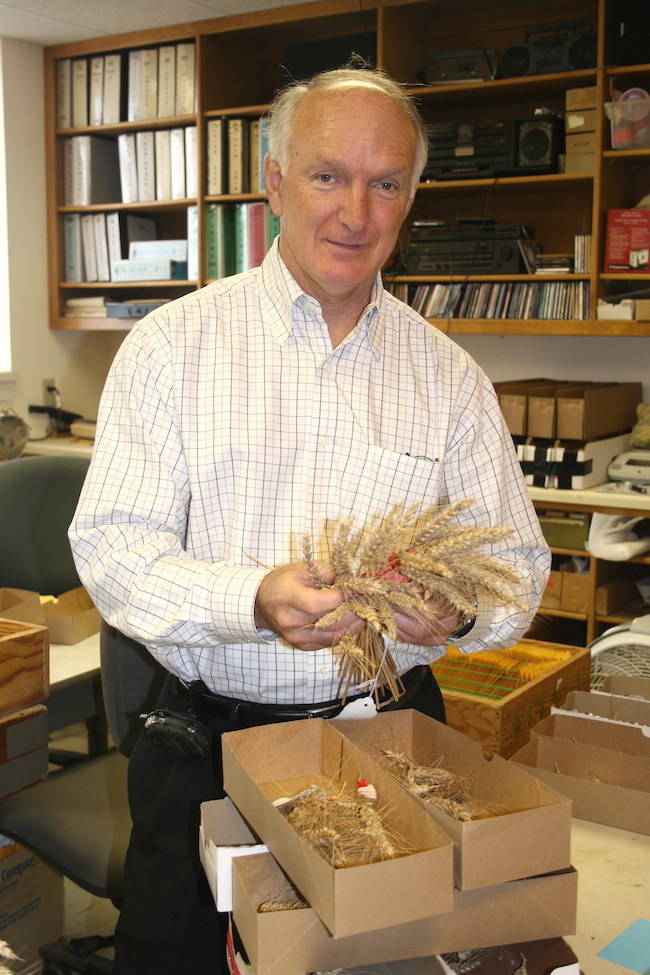
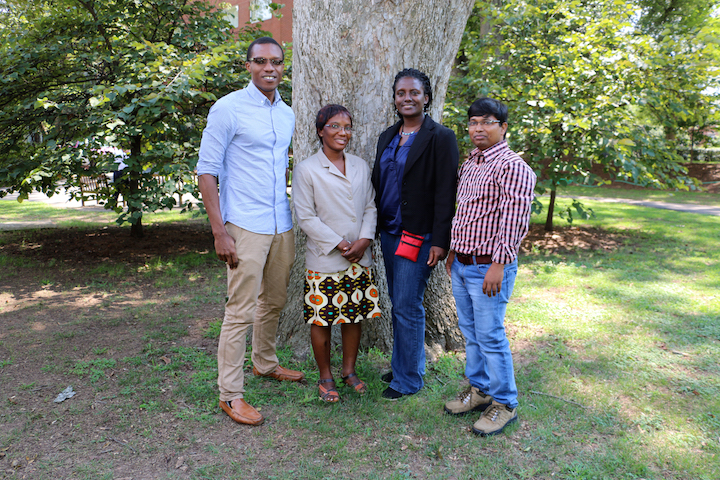
.jpg)
